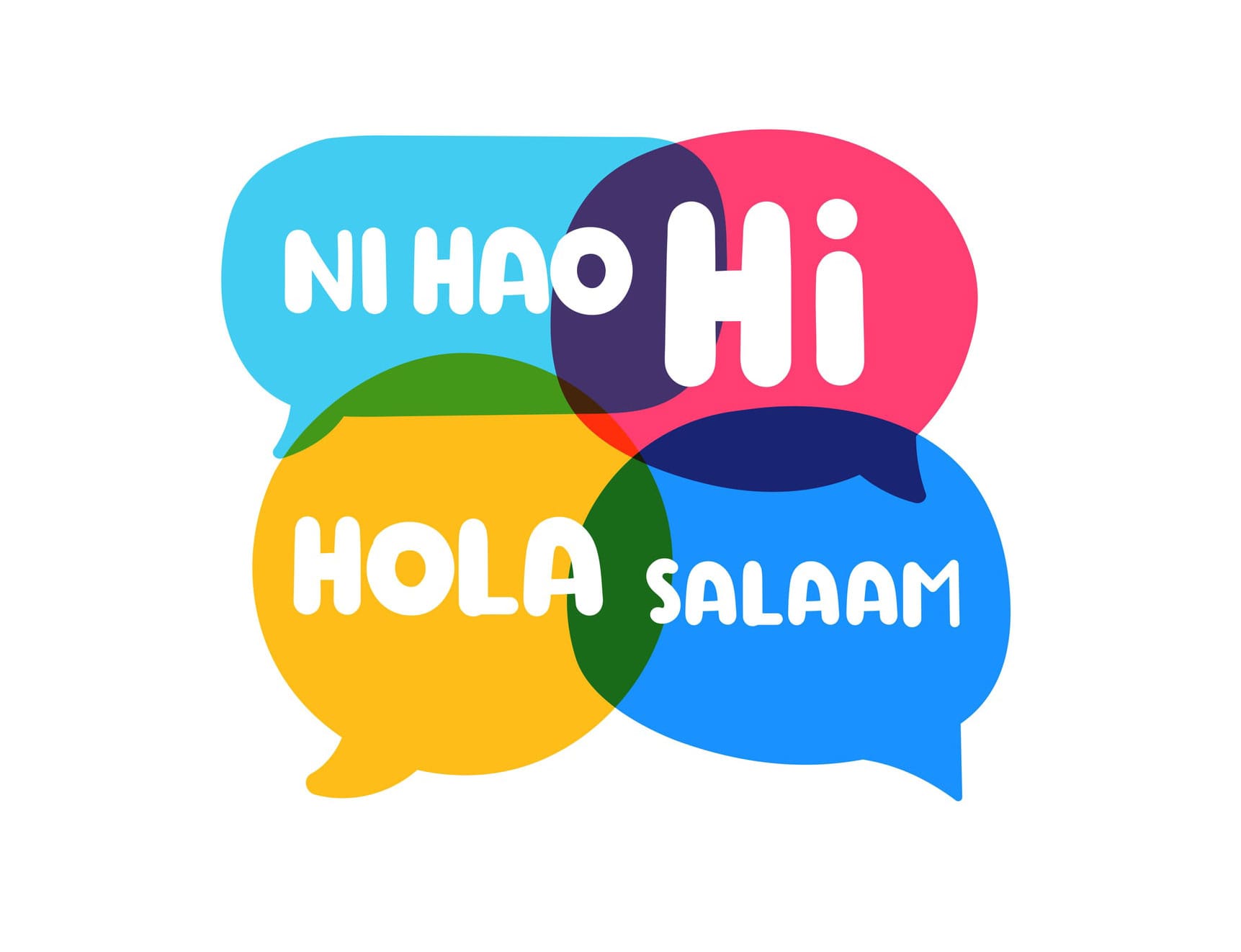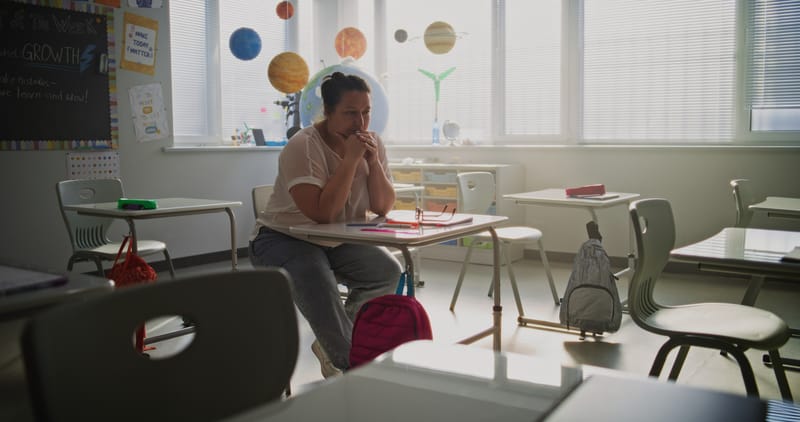
It’s no secret that languages education in Australia needs a serious makeover.
Our very poor track record in languages education has been getting worse. A simple Google search is enough to see the frustration of people committed to language education. Some comments in response to articles suggesting that it needs to be improved also indicate the negative perception that languages are an unnecessary hindrance to ‘real’ education.
An attempt at a makeover seems to be occurring in the early-learning space. Last year, the federal government announced a $11.8 million investment in Early Learning Languages Australia, a digital, play-based language learning program for preschoolers.
This has been followed by a Victorian state government commitment of $17.9 million to an early childhood language program that will run over four years (2019-22). Children will learn in another language for three hours a week in 150 kindergartens, and 7.5 hours a week, or half the program, in a further 10 kindergartens.
In the Victorian government initiative, it notes that a selling point of quality language programs is the inclusion of important benefits such as brain development, cognitive flexibility, enhanced problem-solving and general literacy skills.
These benefits are well-documented in the literature. However, the way that learning to speak an actual language isn’t included as a benefit in the government document neatly side-steps accountability, or the need to prove that the programs are working.
Whether or not a child attempts to communicate in a language is more observable (or audible) than whether or not their brain has developed, or their problem-solving skills have been directly affected by the presence of another language in their learning.
So why avoid commitment to communication?
Beyond an understanding of the benefits of language learning and the need for it to be compulsory – at least until things get serious in senior high school – we often don’t see ourselves communicating in another language. It’s something amazing that other people can do.
It’s certainly true that some of us can do it. The latest Australian census reports that more than 300 languages are spoken at home in Australia by 21 per cent of the population. However, it’s also true that, by the third generation, migrants have mostly lost their heritage language.
So, why does a low bar on communicative language matter when we already speak English? If we can pick up a few of the extra benefits of language programs, why do we need to speak another language if we come from a monolingual home? Or maintain the language of parents and grandparents if they understand us? We can be proud of Australia’s cultural and linguistic diversity – constantly renewed by immigration – and still just speak in English, both in Australia and abroad.

A very important reason is that we lose a valuable opportunity to learn about ourselves and each other. Human experience and human thought don’t just happen in English. Language is central to the way we experience things, to the way we think. It’s a question of depth of understanding as much as breadth.
However, if students aren’t that interested in speaking a language and can get by speaking English, they’re unlikely to try very hard. This includes students whose parents or grandparents speak another language – they may understand, but choose to respond in English.
Motivation
The key to all of this is not seeing the point. Motivation is extremely important to language learning. If we’re learning another language and don’t really need it to communicate, motivation tends to diminish.
This is especially the case when languages are perceived to be difficult to learn. Lingua franca status, the kind that English enjoys, can help overcome perceptions of challenge through the access it promises to both symbolic and material resources. Of course, English is the only language that’s off the table in an English-speaking country such as Australia.
The current system, especially as students move towards senior secondary, prioritises accuracy over fluency.
Our institutional answer to all of this has been to have very low expectations regarding our students’ communicative abilities. Federal and state-level curriculum frameworks for languages in Australian schools reflect this.
For example, in the primary years in the state of Victoria, the average amount of time that students will spend in a language classroom is just under one hour a week. During this time, the main language of communication will commonly be English. The colours, numbers and animals that the children have learned in the new Early Childhood Language Program kindergarten program are likely to be repeated in primary school.
Engaging with languages
One solution to the problem of our engagement with languages is to think about them differently. There’s often a strong connection in our minds between language and where we were born, so we can think of languages as ‘belonging’ to other people. Germans speak German and Koreans speak Korean. If you’re Australian, you speak English. This can be demotivational, because you’re learning something that’s not yours; you’re never going to be good enough.
Prioritising over all else students wanting to communicate in a language is a different kind of lens for language learning. This may require providing multiple opportunities for self-expression, the recycling (and explaining) of language through strategic choice of activities, and the teacher speaking the language as much as possible, but facilitating the use of both English and the chosen language as the students’ communicative proficiency gradually increases.
This approach requires a committed focus to building fluency. The current system, especially as students move towards senior secondary, prioritises accuracy over fluency.
Students can do very well in language exams and not be able to speak, and other students who have grown up speaking the language may do poorly if they haven’t learned the narrowly prescribed content.
Fluency relates more to real-life, meaningful interactions where errors are often made, but speakers’ confidence in their ability to communicate grows.
Thinking ahead
It’s promising that the government is investing in languages education in the early years, but it’s also important to consider that the children in kindergarten will later be entering primary and secondary school.
There are many Australians who feel passionately about languages education, and are implementing innovative pedagogies, some endorsed by the government.
However, our overall performance in this space is extremely concerning. A stronger commitment to communication throughout our education system is needed, and this requires a fundamental shift in the way we facilitate the use and learning of languages.





